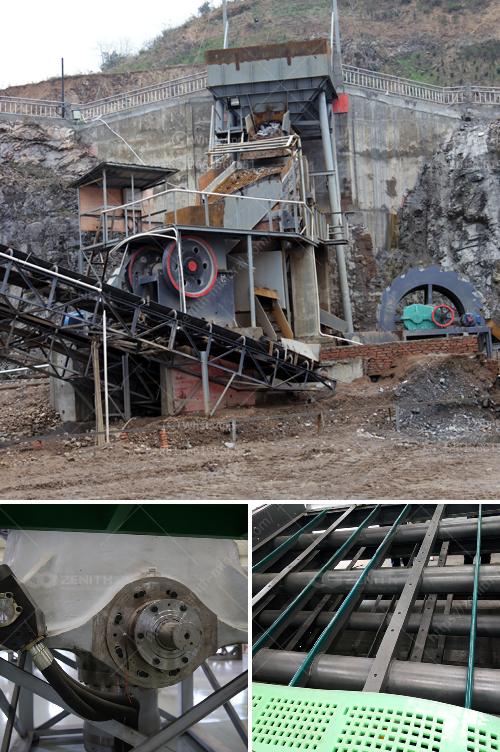Selecting the right vibrating screen in Britain involves considering several key factors to match the specific needs and requirements of your project. Here are some steps and considerations to guide you through the process:
-
Material Characteristics:
- Type of Material: Understand the type of material you will be screening (e.g., gravel, coal, sand, mining ore, etc.).
- Particle Size: Determine the range of particle sizes to ensure the screen can effectively separate them.
- Bulk Density: Know the material's density as this will affect the screen’s efficiency and capacity.
-
Capacity Requirements:
- Assess the amount of material you need to process per hour to determine the throughput capacity required.
-
Screening Purpose:
- Define whether the screening is for classification (grading materials into different sizes), dewatering, desliming, or scalping (removing oversize particles).
-
Screen Size and Design:
- Dimensions: Based on your capacity requirements, select the appropriate width and length of the screen.
- Decks: Decide on the number of decks (layers) the screen should have. Single, double, or triple decks can be selected based on the application.
- Screen Media: Choose between woven wire, polyurethane, rubber, etc., depending on the nature of the material and the screening process.
-
Installation Space:
- Ensure you have adequate space for installing the vibrating screen, considering its footprint and support structure.
-
Load and Drive Type:
- Check the load bearing capacity of the structure where the screen will be installed.
- Choose the appropriate drive type: circular or linear. Circular motion screens are typically better for quarries, while linear motion screens are often used in mining and recycling.
-
Regulatory Compliance:
- Ensure compliance with British standards and regulations related to safety, noise levels, and other environmental considerations.
-
Manufacturer and After-Sales Support:
- Reputation and Reliability: Prefer screens from reputable manufacturers.
- Maintenance and Parts Availability: Consider the ease of maintenance and availability of spare parts.
- Warranty: Ensure the product comes with a reliable warranty and support plan.
-
Budget:
- Evaluate the cost and ensure it fits within your budget while still meeting all technical requirements.
-
Consult with Experts:
- Engaging with a local expert or consultant can provide insights specific to the material and environmental conditions in Britain.
By thoroughly analyzing these factors, you’ll be better equipped to select the right vibrating screen that meets your operational needs efficiently.

